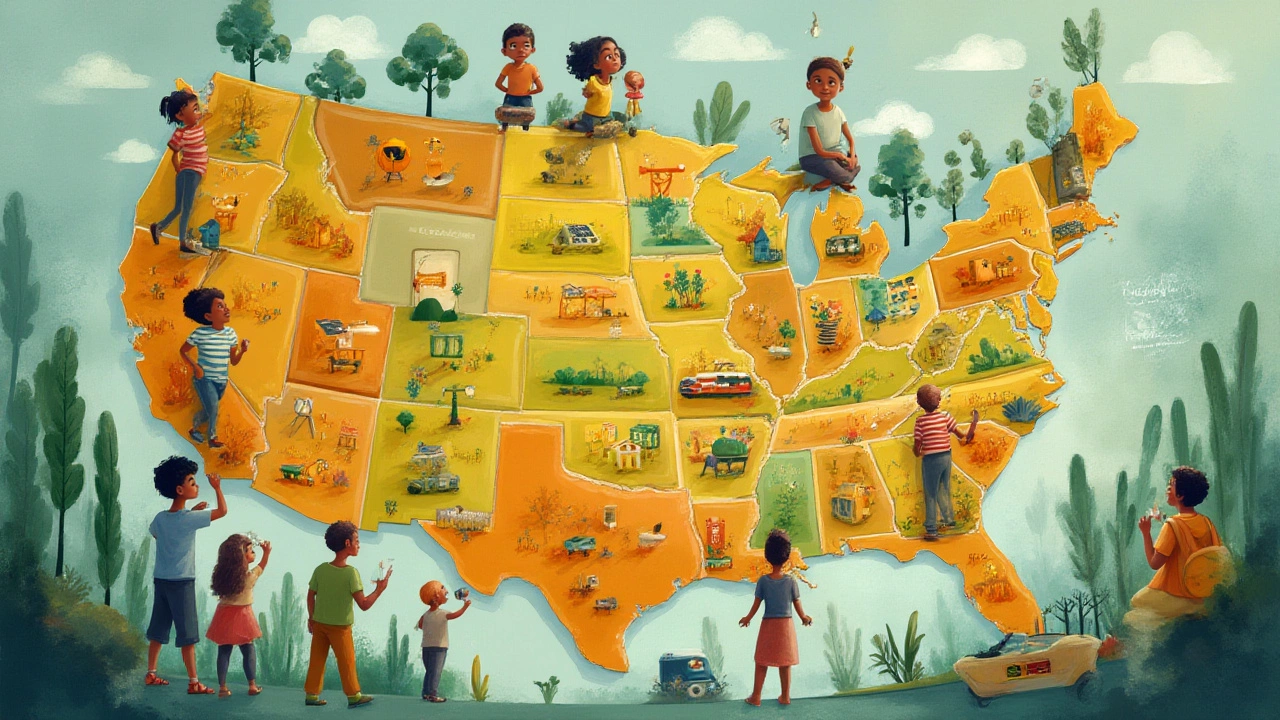US Environmental Rankings – Which States and Cities Lead the Green Race
Ever wondered why some places feel fresher, cleaner, and more nature‑friendly than others? The answer often shows up in US environmental rankings. These scores break down how well a state or city protects air, water, land, and energy. Knowing the numbers helps you pick a vacation spot, choose a new home, or invest in greener businesses.
Why should you care about these rankings? They’re more than bragging rights. Good scores usually mean lower utility bills, healthier outdoor activities, and stronger local economies that attract tourists and new residents. Bad scores can signal hidden costs like higher health risks or upcoming regulations that might affect your wallet.
The most trusted rankings come from groups like the Environmental Protection Agency, the American Council for an Energy‑Efficient Economy, and independent think tanks that bundle data into a single rating. They pull numbers from public databases, satellite imagery, and on‑the‑ground surveys, then turn them into a score you can read at a glance.
How the rankings are calculated
Every ranking uses a mix of five main categories: air quality, water cleanliness, waste management, renewable energy use, and land conservation. Within each category, they look at specific metrics. For air, they measure pollutants like ozone and particulate matter. Water quality checks for contaminants and safe drinking supplies. Waste management examines recycling rates and landfill reduction. Renewable energy counts the percentage of power that comes from wind, solar, or hydro sources. Land conservation tracks protected parks and green space per capita.
Each metric gets a weight based on its impact on health and climate. For example, air quality often carries more weight because poor air directly hurts lungs and forces medical visits. After weighting, the numbers are added together into a 0‑100 scale, where 100 means the area is doing everything right.
Top performers and what they’re doing right
In the latest report, Washington, Vermont, and California lead the states list. Washington tops air quality thanks to strict emissions rules and a push for electric buses. Vermont shines in waste management, recycling over 50% of its household waste. California, despite its size, scores high on renewable energy, with more than 35% of power coming from solar and wind farms.
On the city side, Portland, OR; Austin, TX; and Boulder, CO rank near the top. Portland’s bike‑friendly streets cut car trips, reducing both air pollution and traffic jams. Austin invests heavily in water recycling, feeding reclaimed water back into parks and golf courses. Boulder protects large chunks of open space, keeping wildlife corridors intact and giving residents quick access to nature.
If a place falls lower on the list, the report usually flags where improvements are needed. Common issues include high industrial emissions, low recycling rates, and reliance on coal‑derived electricity. Many low‑scoring regions are now launching clean‑energy incentives, expanding public transit, and tightening water‑use regulations to climb the ladder.
How can you use these rankings? Planning a family vacation? Choose a high‑scoring city for cleaner air and more outdoor activities. Looking to relocate? A top‑ranked state often means lower energy bills and healthier living conditions. Investors can spot growth opportunities in green infrastructure projects that are sprouting in areas trying to improve their scores.
Bottom line: US environmental rankings give you a clear picture of where sustainability is thriving and where it needs a boost. By checking the numbers, you make smarter choices for health, money, and the planet. Keep an eye on the latest updates – rankings shift every year as policies change and new technologies roll out. The greener the score, the brighter the future for that area.

Most Environmentally Friendly US States in 2025: Leaders in Green Living & Sustainability
Searching for which US state leads in eco-friendliness? Explore in-depth rankings, surprise facts, and practical tips for greener living updated for 2025.
Continue Reading